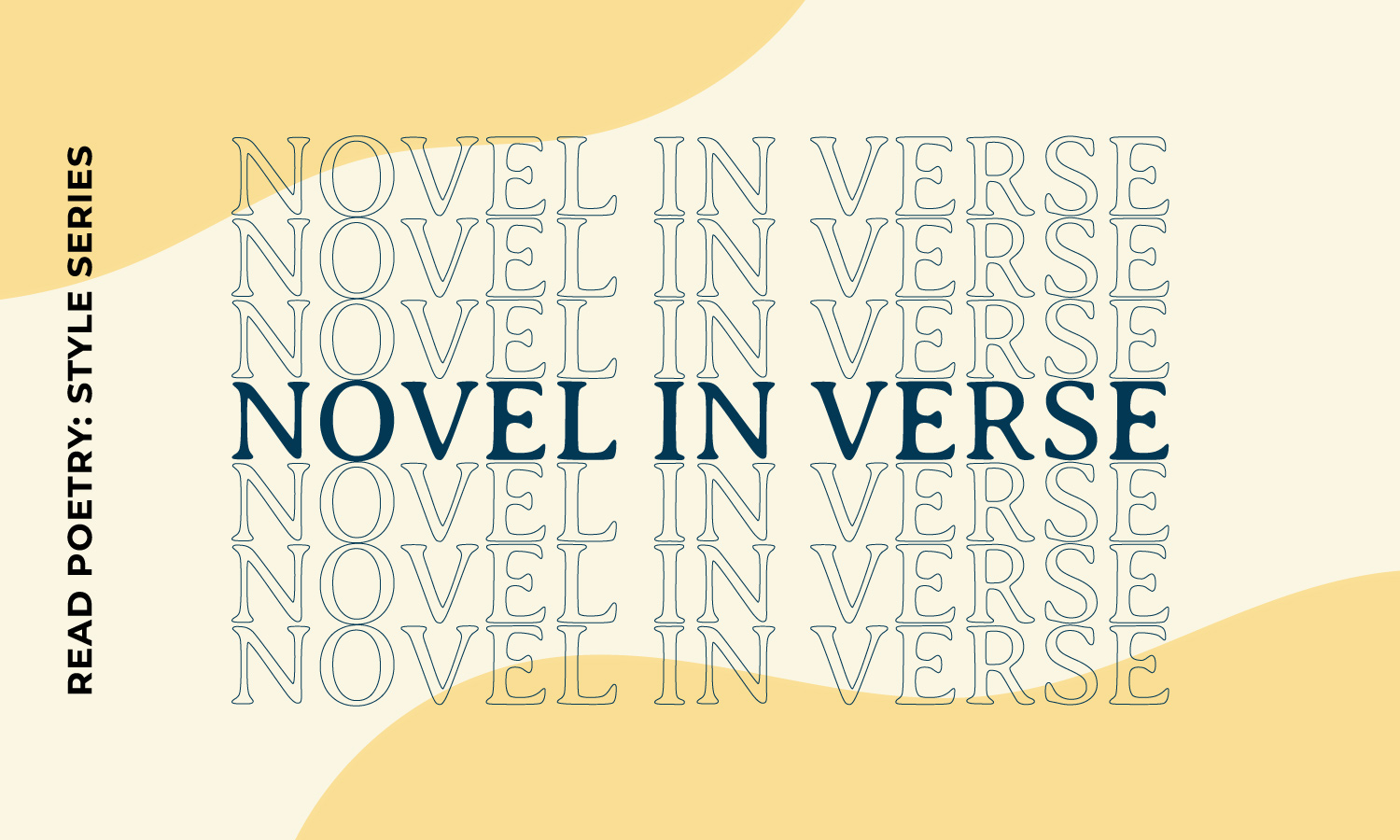A Brief History of the Novel in Verse
Poetry is constantly evolving, becoming more diverse and wide-ranging. In fact, sometimes it refuses to be contained within one genre, leading to innovative works that blur categorization and boundaries. The novel in verse, in particular, brings together both fiction and poetry, using the imagery-driven lyricism of poetry to make a narrative impact. Though this genre has roots in sprawling and ancient epic poetry, it gained traction in the 19th century. Here are some of the novel in verse’s biggest moments and most spotlighted texts.
19th century
It took the famed and prolific Lord Byron five years to compose the 16 cantos that make up Don Juan, one of the earliest examples of the novel in verse. Published in 1823, the novel satirizes topics like dating, seduction, and British aristocracy. Like many influential works, Don Juan received backlash, with critics calling it immoral and speculating that Lord Byron found inspiration from those in his own life. Nevertheless, the text continues to be studied today, with many noting its surprising twists and unabashed playfulness.
Another early novel in verse comes from acclaimed classic writer Elizabeth Barrett Browning, who published Aurora Leigh in 1856. The book stretches across nine volumes, as well as spans the varied, sophisticated settings of Florence, London, and Paris. Told in a diary-like style with a strong, first-person voice, Aurora Leigh chronicles its titular character’s childhood, her pursuit of an education, and her accomplishments as a writer.
20th century
The 20th century introduced the novel in verse to an expanded audience, with major publishers taking on these titles, which went on to win notable awards. Alan Wearne’s The Nightmarkets—a searing yet funny book that criticizes bureaucracy and money in politics—came out in 1986. With this release, Wearne achieved honors like winning the Grace Levin Prize and Colin Roderick Award. Wearne also showcased the international appeal of the novel in verse, as well as the genre’s ability to reflect a sense of place, culture, and history, through his depiction of Melbourne suburbs throughout The Nightmarkets.
The 20th century also cemented the novel in verse as a genre that connects with children and YA audiences, a trend that continues today. Newberry Medal winner Sharon Creech became a fixture in school libraries with Love That Dog and Heartbeats, two novels that featured storylines about young teenagers exploring creative self-expression and coming of age. While these novels in verse spoke from a modern perspective, Karen Hesse’s Out of the Dust—another iconic YA title in the genre—transported readers to the Oklahoman Dust Bowl, using the novel in verse as a compelling, more person-centered way to introduce historical lessons and perspectives.
Now
Recently, the novel in verse has propelled itself toward more recognition and popularity. In 2018, The Long Take by Robin Robertson won the Walter Scott Prize and was shortlisted for the Man Booker Prize. Told from the perspective of a veteran who served in Normandy, the book discusses trauma, homelessness, and gentrification, as readers follow the main character through New York City, San Francisco, and Los Angeles.
Novels in verse often blend not only fiction and poetry, but multiple cultures or multiple languages. Leticia Sala’s In Real Life, published in 2020, is a Spanish and English novel that speaks to the common experience of finding love online through a distinctly uncommon lens: This love takes the protagonist from Barcelona to New York City.
This is part of Read Poetry’s National Poetry Month series. For more on the history of poetry, check out our introductions to free verse, lyric poetry, and spoken word.




